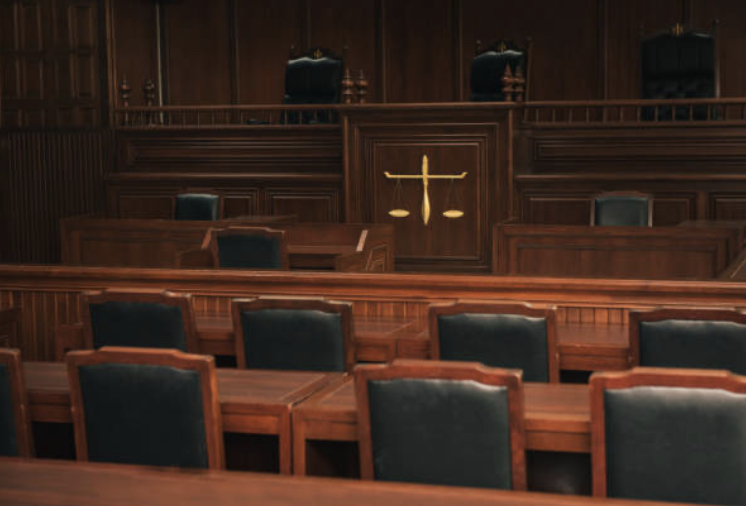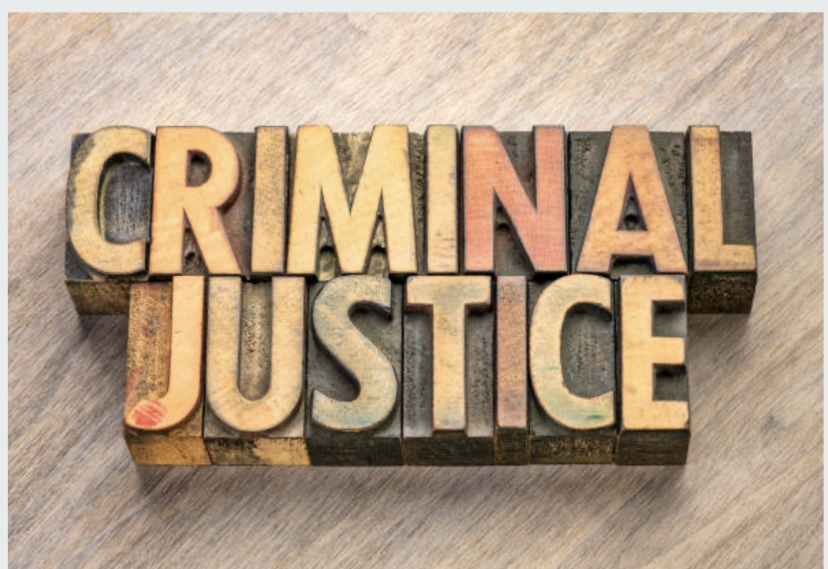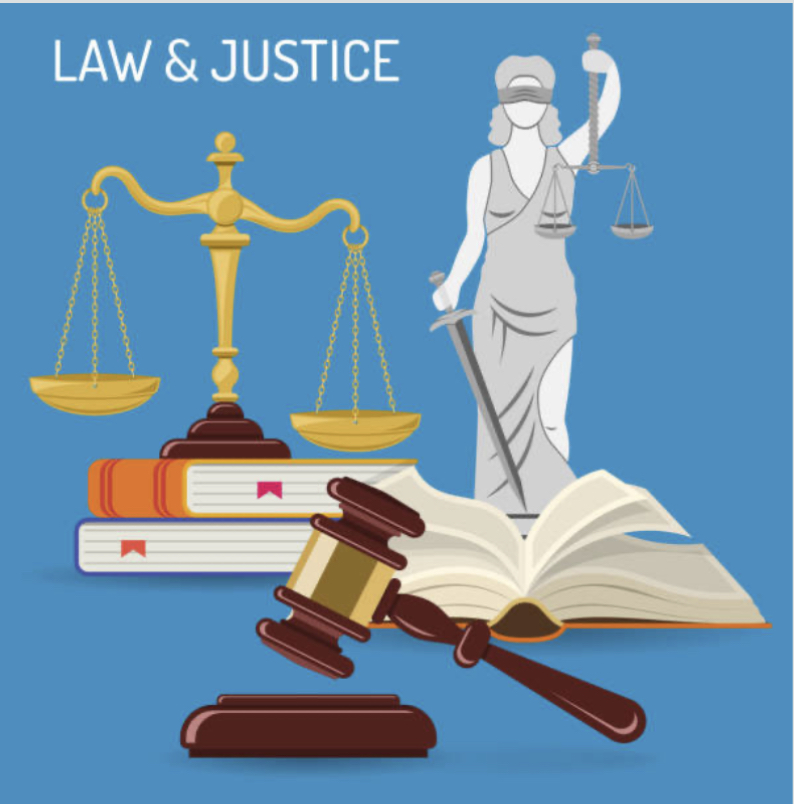Judicial Sentencing and Sentence Disparity


Introduction
Sentencing is an act of imposing a penalty by a court on a person who is found guilty of a violation of any criminal law. Judicial sentencing is the process of determining the punishment to be imposed on a person who has been convicted of a crime by a court of law. The judge, who presides over the case, considers the nature of the offense, the defendant’s criminal history, and any mitigating or aggravating circumstances, before determining the sentence, which can range from a fine, community service, or probation, to imprisonment. The goal of judicial sentencing is to ensure that the punishment fits the crime and serves the interests of justice, retribution, rehabilitation, and public safety.
Inconsistencies in sentencing
The primary objective of every sentencing is to ensure that future crime is prevented whether it is on the philosophy of deterrence, incapacitation, rehabilitation, or reformation. When crime prevention is not achieved, the aim of sentencing has been defeated. To achieve this objective, specific punishments have been provided by the law for specific crimes.
A presiding judge is expected to make his sentence based on these provisions and the suspect or convicted is expected to be treated equally with fairness and justice. However, in most cases, a sentence will be influenced by several factors; principally: the circumstances of the case; the impact that the crime has had on the victim; relevant law; the judge’s discretion, the offender’s social status, etc. This brought in some inconsistencies to the process some of which are justifiable by law while others are not. As such these inconsistencies are classified as sentence disparity and sentencing discrimination.
Even though disparity and discrimination are used interchangeably, their meaning differs in terms of bases for the discrepancy and the intention of the person serving it. For Dale and Tonry, “Disparity is a difference in treatment or outcome that does not necessarily result from intentional bias or prejudice” while “Discrimination, on the other hand, is the differential treatment of individuals based on irrelevant criteria, such as race, gender, or social class. It would reflect intentional bias or prejudice against racial minorities, women, and the poor.
Sentence disparity
The disparity in the sentencing process exists when two offenders with identical criminal histories who are convicted of the same crime are sentenced differently, when two offenders whose prior records and crimes are very different are sentenced the same, or when the sentence depends on the judge who imposes or the jurisdiction in which it is imposed. In essence, sentencing disparity occurs when similar cases are not disposed of similarly or when dissimilar cases are not disposed of differently. These differences in sentencing result from a biased and prejudiced treatment of certain individuals or groups but rather from the consideration of various factors at play during the sentencing process.
Type of sentence disparity
Intrajudicial disparity refers to the variation in sentencing decisions made by judges within the same jurisdiction for similar offenses. This type of disparity can occur due to several factors, including the judge’s personal beliefs, biases, or experiences, as well as the lack of clear sentencing guidelines or mandatory minimum sentences. The intrajudicial disparity can result in unequal treatment under the law, causing concern about the fairness and impartiality of the criminal justice system. To address the intrajudicial disparity, some jurisdictions have implemented sentencing guidelines or established minimum sentences for certain crimes, while others have provided additional training to judges on impartial decision-making and cultural sensitivity.
Inter jurisdictional; disparity refers to the variation in sentencing decisions for similar crimes across different geographic locations or jurisdictions. This can lead to unequal treatment under the law and can result in more severe punishment for the same crime in one jurisdiction compared to another. Factors that contribute to inter-jurisdictional disparity include differences in mandatory minimum sentences, differences in sentencing guidelines, and variations in plea bargaining practices. To address the inter-jurisdictional disparity, some states have established uniform sentencing guidelines or minimum sentences for certain crimes, while others have taken steps to promote consistency in plea bargaining practices. Additionally, some organizations are working to promote cooperation and collaboration among jurisdictions to help ensure a more consistent and fair application of the law.
Intrajudge disparity; refers to the variation in sentencing decisions made by the same judge for similar offenses. This type of disparity can occur due to several factors, such as the judge’s personal beliefs, biases, or experiences, as well as the lack of clear sentencing guidelines or mandatory minimum sentences. The intrajudge disparity can result in unequal treatment under the law and can raise questions about the fairness and impartiality of the criminal justice system. To address the intrajudge disparity, some jurisdictions have implemented sentencing guidelines or established minimum sentences for certain crimes, while others have provided additional training to judges on impartial decision-making and cultural sensitivity.
Factors influencing sentencing disparity
Several factors can influence sentence disparity, including:
Discretion of Judges: Judges have significant discretion in determining sentences, which can lead to disparities in punishment for similar offenses.
Racial Bias: Studies have shown that race can play a role in sentencing decisions, with Black defendants often receiving harsher sentences than white defendants.
Socioeconomic Status: Defendants from lower socio-economic backgrounds are more likely to receive harsher sentences, as they may not have access to adequate legal representation.
Plea Bargaining: Plea bargaining, where defendants agree to plead guilty in exchange for a lesser sentence, can result in disparities as wealthier defendants are more likely to have the resources to negotiate favorable plea bargains.
Geography: Sentencing practices can vary widely across different jurisdictions, resulting in disparities in punishment for similar offenses.
Sentencing Guidelines: Sentencing guidelines set by the state or federal government can also contribute to sentence disparity if they are too rigid or if they do not take into account individual circumstances.
These factors can contribute to unequal and unjust outcomes in the criminal justice system, and addressing sentence disparity is an ongoing challenge for policymakers and the judiciary.
Sentence Discrimination
Sentence discrimination refers to the unequal treatment of defendants based on factors such as race, gender, socioeconomic status, or other personal characteristics, resulting in disparities in the punishment imposed for similar offenses. In the words of Dale and Tonry, sentencing discrimination exists when legally irrelevant characteristics of a defendant affect the sentence that is imposed after all legally relevant variables are taken into consideration. This type of discrimination can occur at various stages of the criminal justice process, including the investigation, arrest, trial, and sentencing phases.
Studies have shown that minority defendants are more likely to receive harsher sentences and are less likely to receive alternatives to incarceration, such as probation or community service, compared to white defendants. Similarly, gender can also influence sentencing decisions, with women generally receiving more lenient sentences than men.
Sentence discrimination undermines the principle of fairness and equality in the criminal justice system, and it is important to identify and address these disparities in order to ensure that justice is served. This can be achieved through reforms such as revising sentencing guidelines, providing increased training and education for judges and prosecutors, and increasing accountability and transparency in the criminal justice process.




